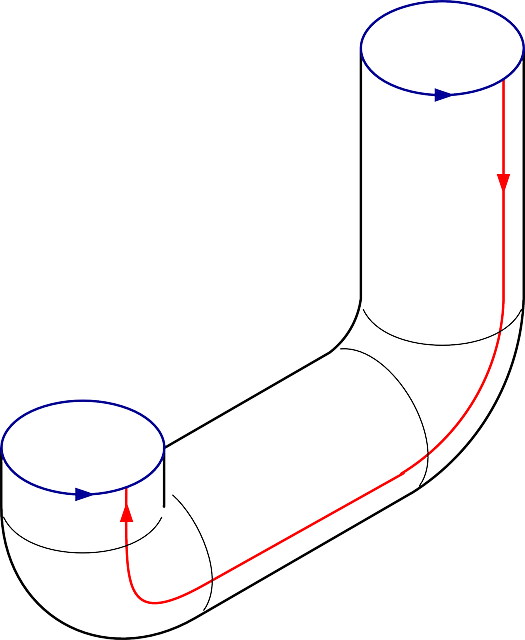Backflow Prevention

Understanding Backflow Prevention Programs
Some agencies, through the enforcement of the federal Clean Water Act, were given the task of protecting our potable water supplies. It clarified that water purveyors must protect the public water supply from contamination by an outside source, through implementation of a Backflow Prevention Program.
Conformance to these state requirements minimizes the possibility for the water using public to inadvertently contaminate or pollute the domestic water system or the public water supply.
This program requires the installation of a backflow prevention device in the plumbing system where the possibility of a cross connections may take place. A cross connection. is an arrangement of piping or faucets which allows the potable water supply to come into contact with a contaminant.
An example of a potential cross connection is a lawn irrigation systems, where fertilizers, chemicals or other contaminants can come into contact with the potable water supply through the irrigation heads.
There are several types of backflow prevention devices used today. The type of device is determined by the degree of hazard presented by the possible "cross connection".